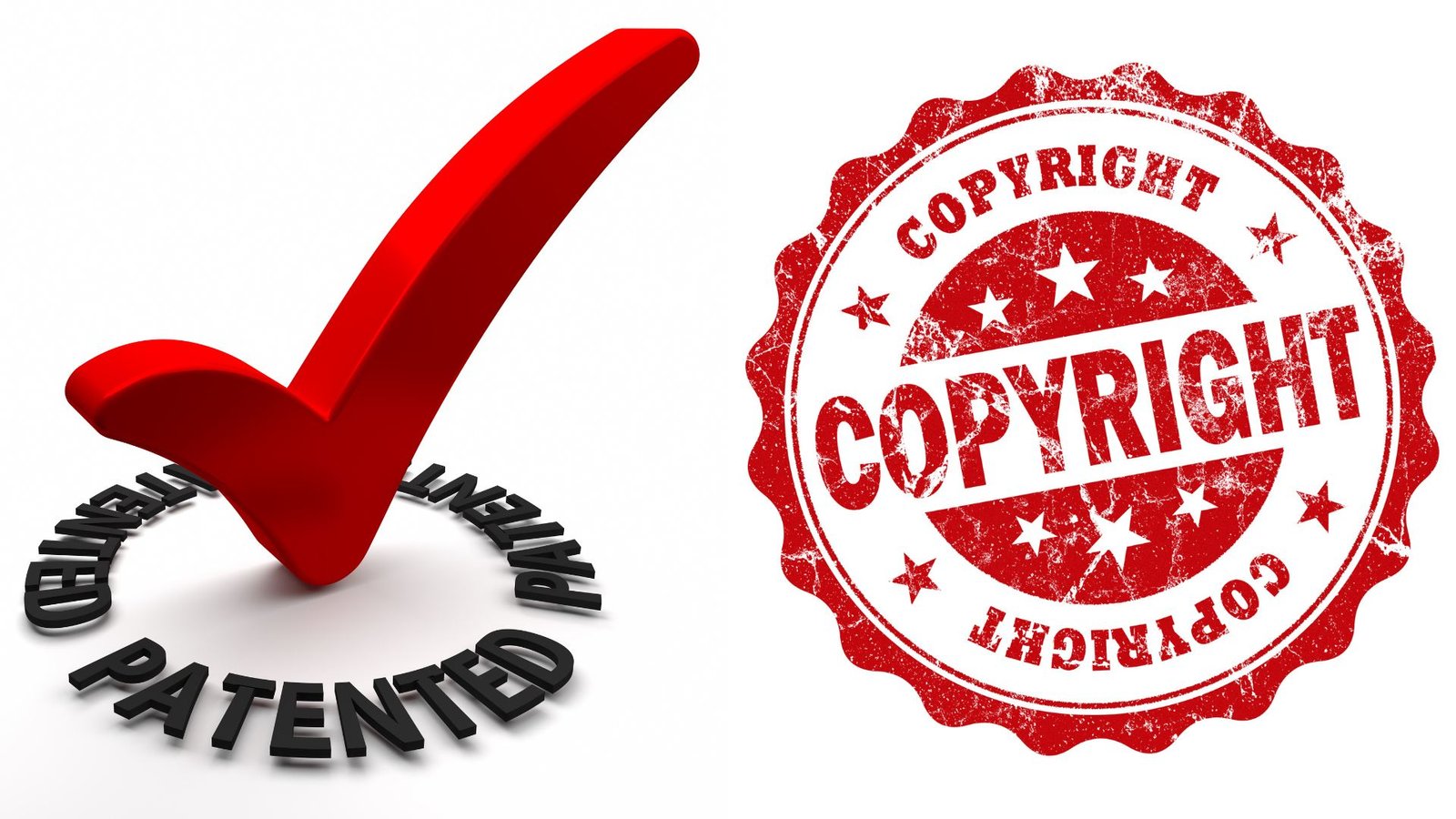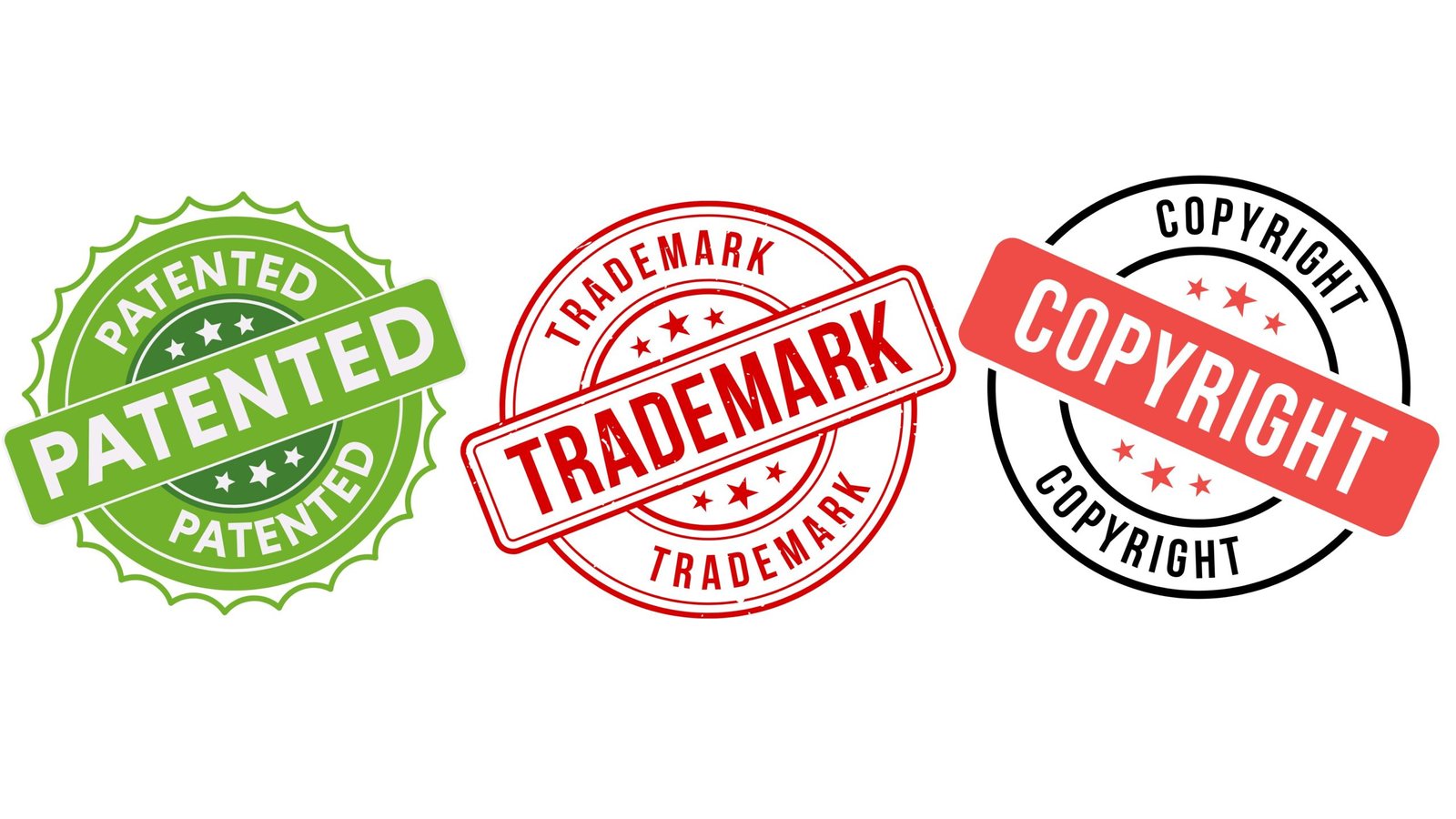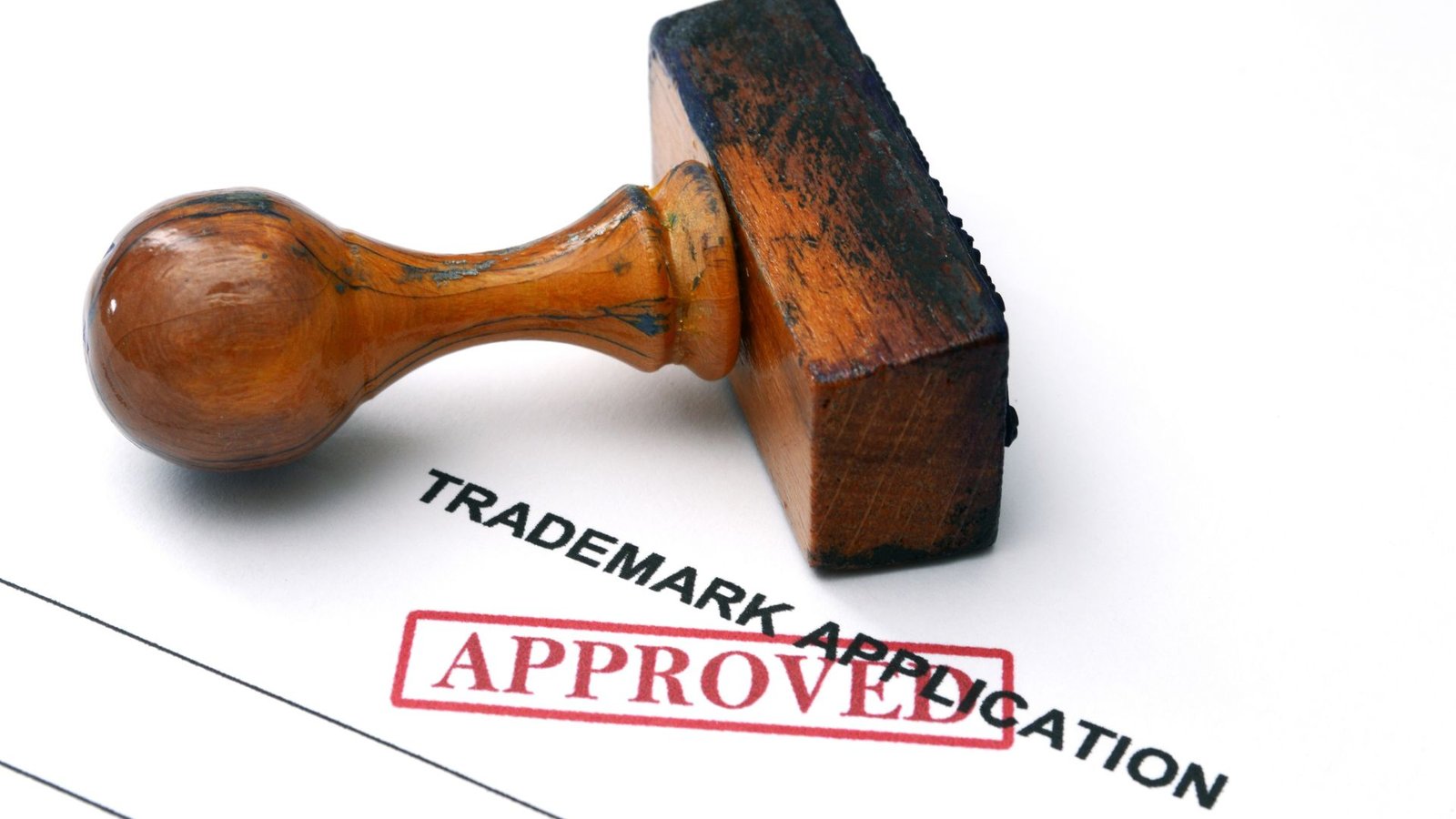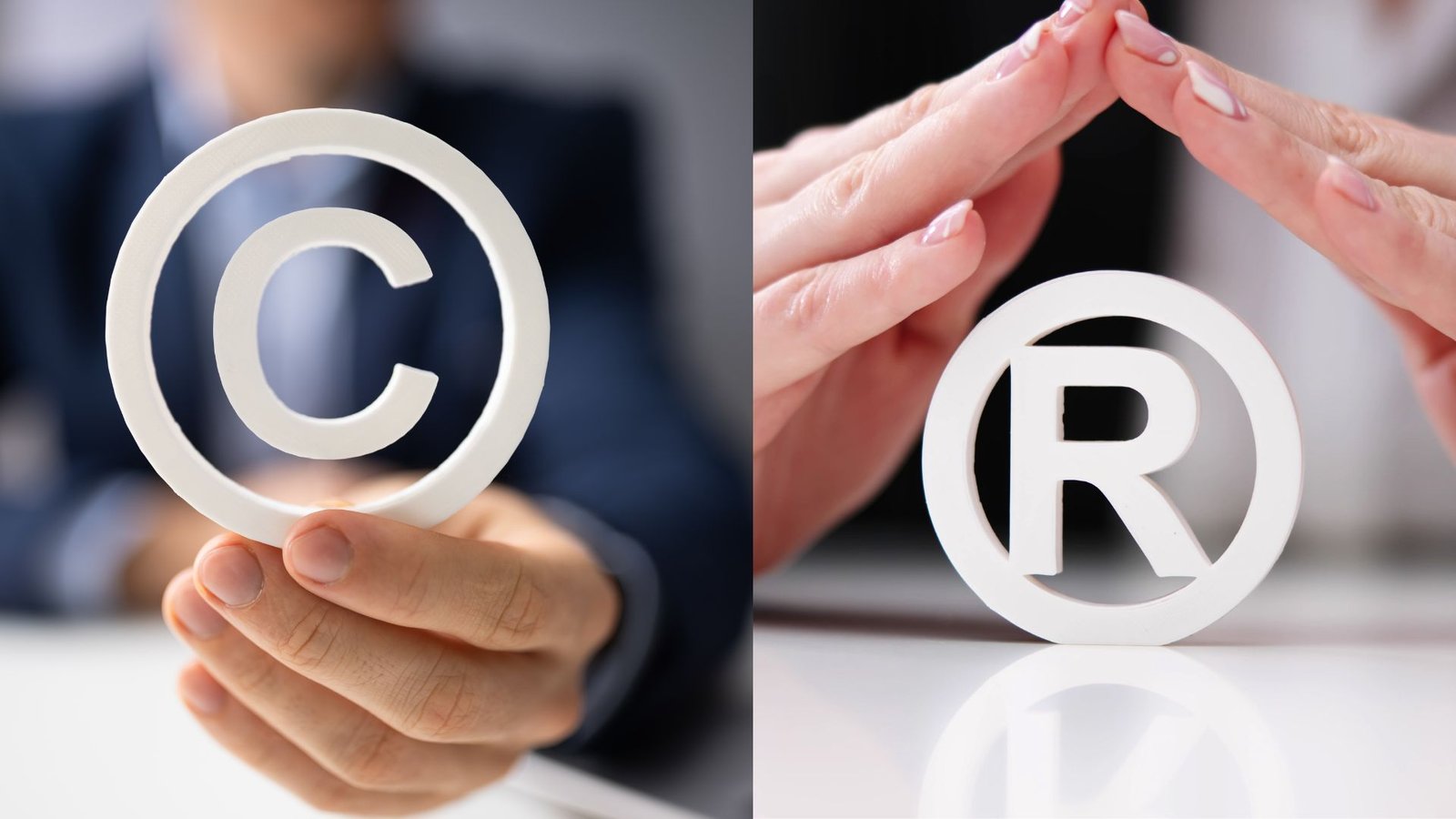On this page you will read detailed information about difference between Patent and Trademark.
As an entrepreneur, securing intellectual property protection for your inventions and brands is crucial to building a successful business. However, understanding the key differences between patents and trademarks can be challenging. These two types of IP aim to protect different aspects of your work and require separate application processes. A patent protects the functional aspects of an invention or discovery, while a trademark protects a word, phrase, symbol, or design that identifies and distinguishes the source of the goods or services of one party from those of others. Knowing when to pursue a patent versus a trademark will help you devise the proper strategy to protect your business ideas, innovations, and brands. This article outlines the primary differences between these forms of intellectual property to provide clarity on when each is most appropriate.
Defining Patent vs. Trademark
- Patents provide protection for inventions and discoveries. They give inventors the legal right to prevent others from making, using, or selling the invention for a fixed period of time, typically 20 years from the filing date. To receive a patent, an invention must be useful, novel, and nonobvious.
- Trademarks are words, phrases, symbols, designs, or a combination of these that identify and distinguish the source of the goods or services of one party from those of others. They provide brand protection for as long as the mark is used in commerce. Trademarks must be distinctive and not misleading.
Key Differences
There are a few key differences between patents and trademarks to keep in mind:
- Patents protect inventions and discoveries, while trademarks protect brand identities, logos, slogans, etc.
- Patents have a fixed duration, while trademarks can last indefinitely as long as they remain in use.
- Patents grant the owner the right to exclude others from making, using, or selling the invention. Trademarks prevent others from using a confusingly similar mark, but they do not prevent others from making or selling the same type of goods or services under a clearly different mark.
- Patents require an application and approval process with the patent office. Trademarks also require an application, but rights are established through use, not registration. However, federal registration does provide additional benefits.
- Patents eventually expire and enter the public domain. Trademarks can be renewed indefinitely and do not expire as long as they remain in use.
In summary, patents and trademarks are two separate forms of intellectual property with different purposes, durations, and requirements. Understanding the key differences between them will help you to choose the appropriate protection for your unique creations and brand identities.
The Purpose of Patent
The primary purpose of a patent is to grant an inventor the exclusive right to commercially exploit an invention for a limited period of time. The patent allows the inventor to exclude others from making, using, selling, offering to sell, or importing the patented invention.
In exchange for the temporary monopoly on the invention, the inventor must fully disclose details of the invention so others can replicate it once the patent term expires. Patents encourage innovation by providing incentives for inventors to invest time, money, and resources into developing new technologies, and then allow the public access to those inventions after a certain number of years.
In the previous post, we had shared information about Anti Suit Injunction: Understanding This Complex Legal Concept, so read that post also.
Types of Patents
The most common types of patents include:
- Utility patents – Issued for the invention of new and useful processes, machines, manufactured goods, or compositions of matter. Account for approximately 90% of patents. Last 20 years from the filing date.
- Design patents – Issued for new, original, and ornamental designs for manufactured goods. Last 15 years.
- Plant patents – Issued for distinct and new varieties of plants, including cultivated sprouts, mutants, hybrids, and newly found seedlings, other than tuber propagated plants. Last 20 years.
To be patentable, an invention must be useful, novel, and nonobvious. The invention must have a useful purpose, such as a new device or process. It must be novel, meaning it has not been previously patented or described in a printed publication. And it must be nonobvious, meaning the invention would not have been obvious to a person having ordinary skill in the art.
Patents do not protect ideas, laws of nature, mathematical formulas, or anything repugnant to morals or public policy. They also only provide protection within the country they are issued, so inventors seeking international patent protection must apply for patents in each country of interest.
In summary, patents provide time-limited monopolies on useful inventions and new discoveries in exchange for the public disclosure of details that would otherwise remain trade secrets. They spur innovation by rewarding inventors for their creations before releasing them for all to benefit from and build upon.
The Purpose of Trademark
A trademark is a word, phrase, symbol, or design that identifies and distinguishes the source of the goods or services of one party from those of others. Trademarks allow businesses to build brand recognition and loyalty among their customers.
The primary purpose of a trademark is to indicate the source or origin of a good or service. Trademarks allow companies to differentiate their offerings from competitors and build brand recognition. By using a consistent and distinctive trademark, businesses can establish brand loyalty and gain a competitive advantage in the marketplace.
Trademarks also serve to protect businesses from unfair competition. By registering a trademark, companies gain certain legal rights to the exclusive use of their brand name, logo, or other distinctive element. This means that competitors cannot use a confusingly similar mark that may mislead customers or dilute brand identity. Trademark law aims to prevent consumer confusion and ensure fair competition.
Owning a registered trademark grants the owner certain legal rights, including:
- The exclusive right to use the mark on or in connection with the goods or services specified in the registration.
- The ability to license or sell the rights to use the trademark to third parties.
- Legal recourse against trademark infringement, including the ability to recover damages and request injunctive relief.
- Stronger protection of the mark. Registered trademarks are presumed to be distinctive and valid, whereas common law trademarks have limited geographical protection.
- The mark can become incontestable after 5 years, meaning its validity can no longer be challenged on certain grounds.
In summary, the key purposes of trademarks are: 1) to distinguish the goods and services of one company from another; 2) to indicate the source or origin of goods and services; 3) to signify ownership and legal rights; and 4) to prevent consumer confusion and unfair competition. By fulfilling these purposes, trademarks benefit both businesses and consumers.
Key Differences in Protection Scope
The key differences between patents and trademarks lie in their scope of protection.
Protection of Inventions vs Brands
Patents protect inventions and discoveries, whereas trademarks protect brand names, logos, and other distinctive brand features. Patents provide protection for new, useful and non-obvious inventions, including processes, machines, manufacturing methods, and compositions of matter. Trademarks safeguard brands by giving businesses the exclusive right to use brand names and logos that identify the source of their goods and services.
Limited Duration vs Indefinite Protection
Patent protection is limited to 20 years from the filing date, after which the invention enters the public domain. Trademark protection can last indefinitely as long as the mark is continuously used in commerce and properly maintained. Trademarks can be renewed every 10 years by filing a renewal application and paying the required fees.
Territorial Scope
Patents are granted on a country-by-country basis. Inventors must file for patent protection in each country where they want to obtain exclusive rights. Trademarks also must be registered in each country, but once registered, they confer protection for use of the mark anywhere in that country.
Exclusive Rights
A patent gives the owner the right to exclude others from making, using, selling, offering for sale, or importing the invention. A trademark gives the owner exclusive rights to the use of the mark in commerce to identify the source of goods and services. Others may not use a confusingly similar mark for related goods and services.
In summary, while patents and trademarks are both intellectual property rights that can be valuable business assets, they differ substantially in scope and duration of protection, territorial reach, and the exclusivity they provide. Understanding these differences is key to developing an effective IP strategy.
Which One Do You Need? Choosing Between Patent and Trademark
When determining whether to pursue a patent or trademark for your intellectual property, several factors should be considered:
Nature of Intellectual Property
The nature of the intellectual property itself is the primary factor in deciding which form of protection is most suitable. Patents protect inventions and discoveries, while trademarks protect words, phrases, symbols, designs, or a combination of these that identify and distinguish the source of the goods or services of one party from those of others.
If your intellectual property is a new and useful process, machine, manufacture, or composition of matter, or any new and useful improvement thereof, then a patent is typically the appropriate form of protection. Conversely, if your intellectual property is a word, phrase, symbol, and/or design that identifies and distinguishes the source of your goods or services, then a trademark is typically the appropriate mechanism.
Strength and Duration of Protection
The strength and duration of protection afforded are other important considerations. Patents provide very strong protection for a limited period of time (typically 20 years from the filing date), while trademarks can be renewed indefinitely as long as they are continued to be used in commerce. Trademark rights can potentially last forever.
Cost and Complexity
The application process for patents is typically more complex, time-consuming, and expensive compared to trademarks. The total cost to obtain a utility patent in the U.S. typically ranges from $10,000 to $30,000 or more, while a trademark application can often be obtained for between $1,000 to $3,000. If cost and complexity are concerns, a trademark may be preferable.
In summary, determining whether to pursue a patent or trademark involves evaluating the nature of your intellectual property, the strength and duration of protection needed, and considerations such as cost and complexity. Consulting an intellectual property attorney to discuss the pros and cons of patents vs. trademarks as they apply to your particular situation can help ensure you choose the most suitable form of intellectual property protection.
Conclusion
As an innovator or entrepreneur, it is vital to understand the key differences between patents and trademarks to properly protect your intellectual property. Patents provide temporary legal protection for new inventions and discoveries, while trademarks establish perpetual rights to words, phrases, symbols, designs, or a combination of these that identify and distinguish the source of the goods or services of one party from those of others. Seeking patent or trademark registration is an important step to safeguard your creative works or brand identity. With the knowledge you have gained about these two types of intellectual property protection, you are now better equipped to make strategic decisions regarding your innovations and choose suitable protection to match your needs. Protecting your intellectual property is essential in today’s competitive global marketplace.
Disclaimer
The information and services on this website are not intended to and shall not be used as legal advice. You should consult a Legal Professional for any legal or solicited advice. While we have good faith and our own independent research to every information listed on the website and do our best to ensure that the data provided is accurate. However, we do not guarantee the information provided is accurate and make no representation or warranty of any kind, express or implied, regarding the accuracy, adequacy, validity, reliability, availability, or completeness of any information on the Site. UNDER NO CIRCUMSTANCES SHALL WE HAVE ANY LIABILITY TO YOU FOR ANY LOSS OR DAMAGE OF ANY KIND INCURRED AS A RESULT OR RELIANCE ON ANY INFORMATION PROVIDED ON THE SITE. YOUR USE OF THE SITE AND YOUR RELIANCE ON ANY INFORMATION ON THE SITE IS SOLELY AT YOUR OWN RISK. Comments on this website are the sole responsibility of their writers so the accuracy, completeness, veracity, honesty, factuality and politeness of comments are not guaranteed.
So friends, today we talked about difference between Patent and Trademark, hope you liked our post.
If you liked the information about difference between Patent and Trademark, then definitely share this article with your friends.
Knowing about laws can make you feel super smart ! If you find value in the content you may consider joining our not for profit Legal Community ! You can ask unlimited questions on WhatsApp and get answers. You can DM or send your name & number to 8208309918 on WhatsApp











